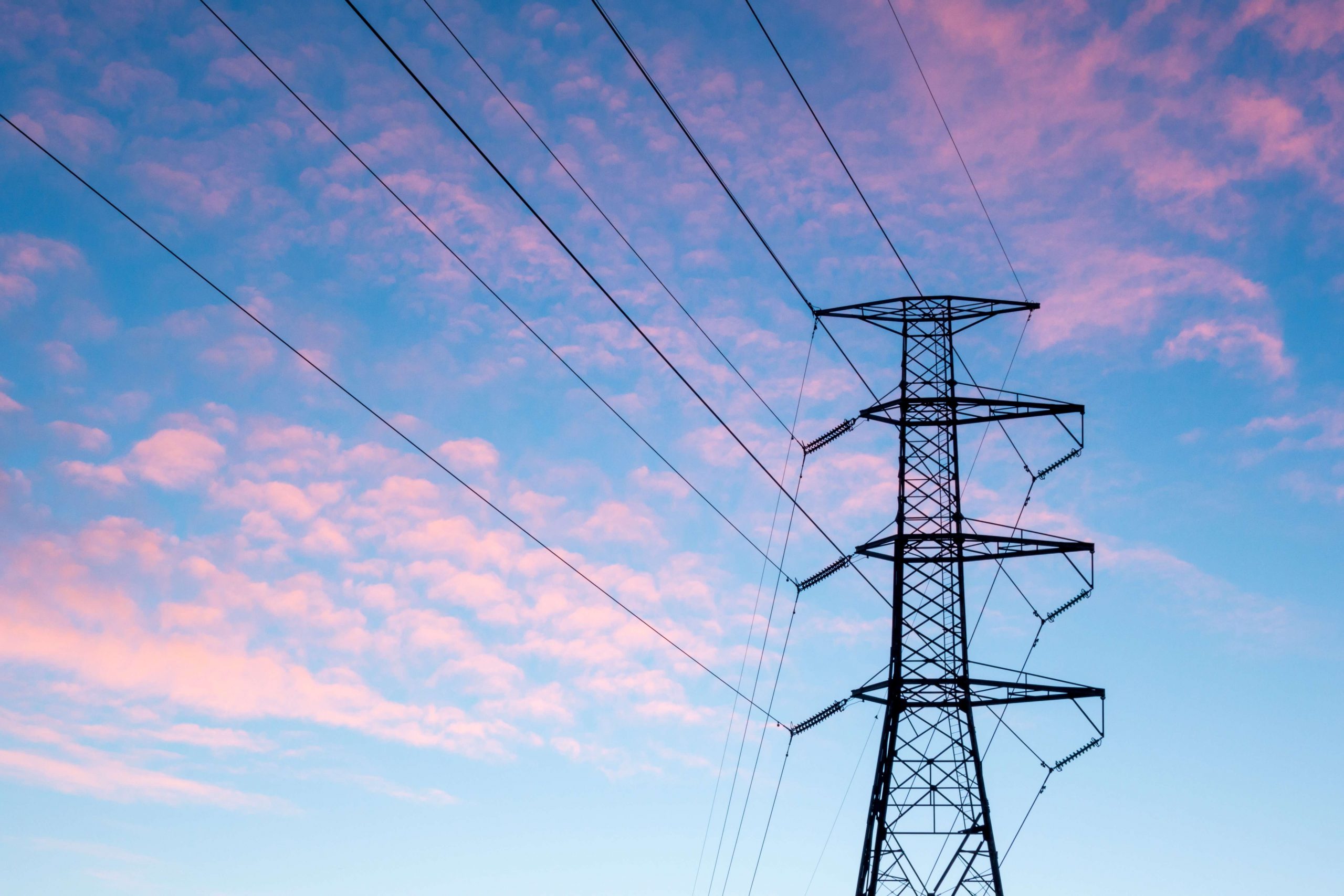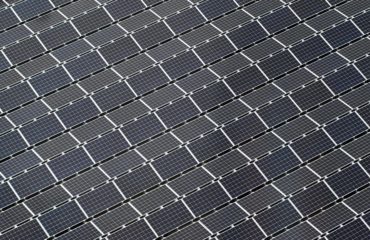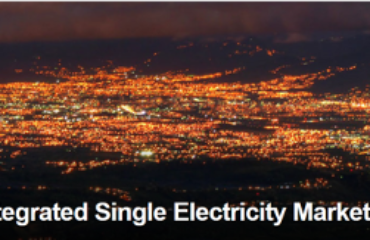
Optimizing Electricity Markets for Renewable Energy Development
Electricity markets are pivotal in shaping the global energy landscape, responsible for about half of the world’s electricity supply. These markets play a crucial role in resource allocation, competition, and investment in the power sector.
However, the need to reduce carbon emissions is driving the imperative for change. To achieve sustainability goals and attract investment, electricity systems must prioritize the transition to cleaner energy sources. Achieving a socially optimal equilibrium demands accountability from all stakeholders, aligning costs and rewards with environmental objectives.
Despite their benefits, traditional market structures often fail to fully address the externalities of carbon emissions. Whether coordinated by electricity markets or vertically integrated utilities, these externalities impose hidden costs on society.
To navigate the transition to net-zero emissions, electricity markets require adaptation. Market design must evolve to accommodate the integration of variable renewable energy (VRE) sources, necessitating the redesign of short-term wholesale markets and the implementation of carbon pricing mechanisms.
Electricity Markets Resolution for Renewable Energy Development
Higher market resolution is critical for systems with significant VRE shares, as their variability impacts both short-term and long-term forecasting. Solar and wind energy generation profiles vary greatly, requiring higher resolution to accurately capture their output. By operating at shorter intervals, markets can incentivize flexibility and enhance VRE forecasting accuracy, ultimately driving the deployment of renewable energy technologies.
Planning for Sustainable Energy Futures
Effective planning is essential for the long-term viability of electricity systems. Adopting a risk-management approach and conducting comprehensive scenario analysis can help stakeholders anticipate uncertainties and improve system design. Cost-benefit assessments play a central role in evaluating the economic viability of energy projects and guiding investment decisions toward sustainable outcomes.
Empowering Renewable Energy Developers with Green Dealflow
If you are tired of spending months on finding the right investor for your renewable energy projects, we have some good news. Our tailored service helps you connect with professional investors and off-takers faster. Having spent more than a decade building and maintaining relationships in the renewable energy industry, we can dramatically bring down your average transaction time by matching you with suitable investors who fit your criteria. Read more and unlock the full potential of your renewable energy projects.


